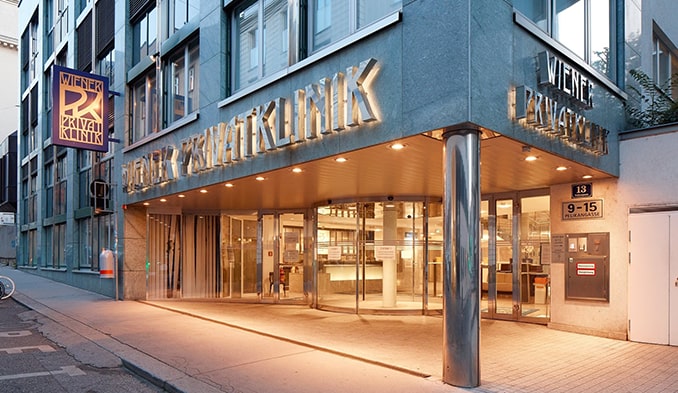-
Are intestinal stenosis and intestinal atresia similar?
While intestinal stenosis is a disease mainly suffered by adult patients, in the form of narrowing of the intestinal lumen, intestinal atresia is a malformation of birth. The symptomatology of this malformation of the gastrointestinal tract is noticeable at an early age.
-
Which parts of the intestine are most affected in atresia and stenosis?
Stenosis can affect the entire gastrointestinal tract. It can also be concentrated in the small and large intestine according to the cause of the disease. On the other hand,the duodenum and rectum are most commonly affected by intestinal atresia.
-
What are the possible causes of these conditions?
Tumors in the small and large intestine and inflammatory diseases leading to complications are some of the causes of intestinal stenosis, while in intestinal atresia the causes are not fully known. However, decreased blood flow during embryonic development or lack of recanalization of the intestinal lumen are likely causes.
-
What are the symptomatology of stenosis and atresia? Does age matter?
Stenosis is a disease that develops slowly. Patients feel a change in digestion and abdominal pain after eating. Very often they suffer from nausea, vomiting and bloating of the stomach. With more severe stenosis or smaller lumen, the symptoms are more pronounced. In cases where the lumen is narrowed completely, intestinal obstruction occurs, requiring urgent surgical intervention. If the upper part of the gastrointestinal tract is affected, the diagnosis of intestinal atresia can be made as early as the neonatal period.
-
How are diagnoses made?
Diagnosis is mainly determined by symptoms. An extensive history is needed to determine follow-up investigations. Colonoscopy, gastroscopy, computed tomography and sometimes ultrasound are applied.
-
How are these conditions treated?
Key to treatment are the underlying disease and the degree of stenosis. When it is caused by an inflammatory process in the intestine, medical treatment can be applied. However, in most patients surgical intervention is required to remove the stricture.




